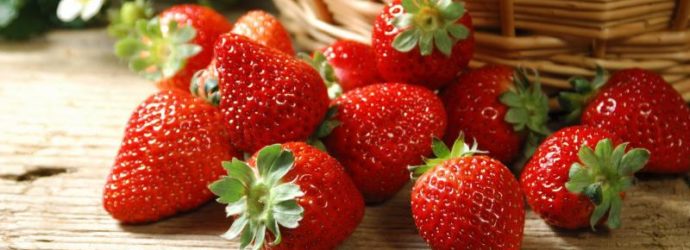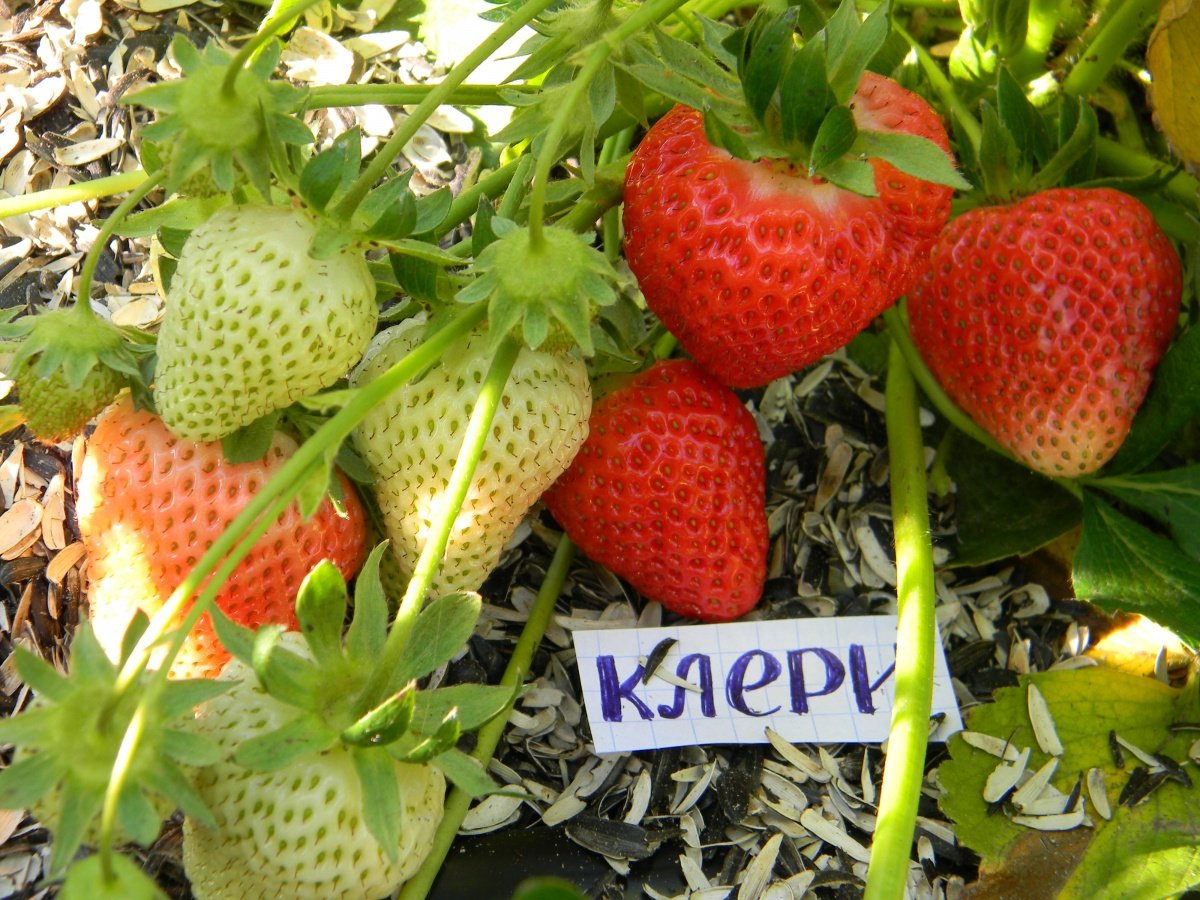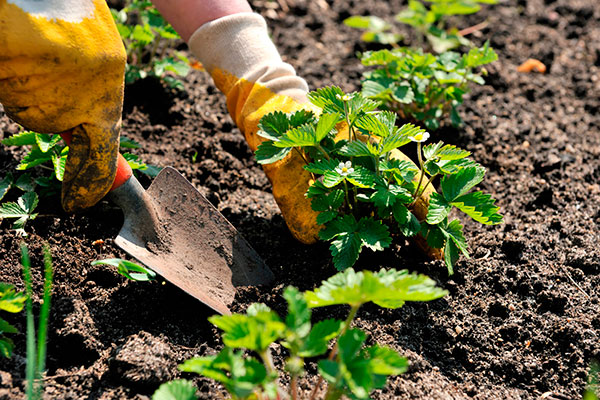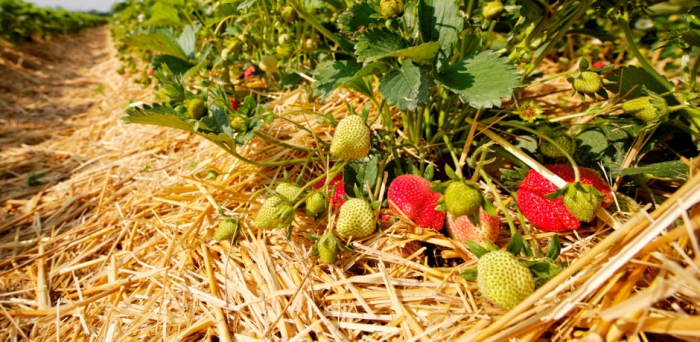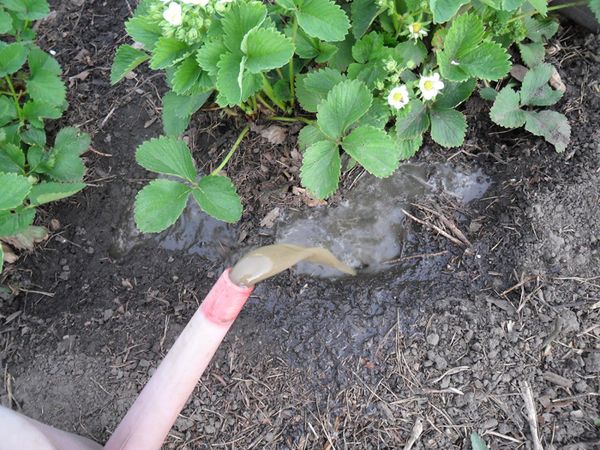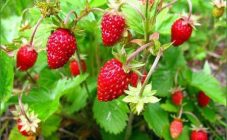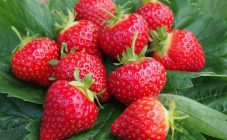Content:
Strawberries, or garden strawberries, take pride of place in the gardens and gardens of the inhabitants of Russia. To prolong the joy of harvesting sweet berries, breeders are developing new varieties with different ripening periods and berry taste qualities.
Among the early maturing varieties, attention is paid to the Clery garden strawberry. Among other varieties, it is distinguished by early ripening of the crop and frost resistance. This variety was obtained in Italy, at the enterprises of the Matsoni group.
Clery's characteristics
Strawberries are early ripening varieties. The berries ripen several weeks earlier than the usual varieties.
The bushes are compact and have dark green leaves. Flowers are white, large in size, bisexual, rich in pollen.
The brilliant, bright red Clery berries are distinguished by their large size. The weight of one fruit can reach 25-50 g. The shape of the berries is similar to a cone with an elongated top. All fruits have the same shape and size, which gives the variety excellent commercial and competitive properties. The taste of berries is sweet, the flesh is dense. The fruits contain a large amount of vitamins that strengthen the immune system and increase the tone of the body. On the tasting scale, the berries were assigned a score of 8.3 points out of 10.
The yield of Clery strawberries is average. One hectare will bear more than 200 kg of fruit. Fruiting of berries is one-time, but amicable for several weeks.
Diseases and pests of garden strawberries
The most popular disease among strawberry varieties is arthracnose. It appears on the leaves in the form of spots of various shades: from orange to brown. Prevention of arthracnose involves treating the plant with Bordeaux liquid (2% solution) several times per season. After a period of fruiting, strawberries can be treated with Switch.
Clery garden strawberries are resistant to many diseases, but can suffer from attacks by some pests:
- Aphid. Aphid damage is manifested in the twisting of leaves and wilting of the bush. For treatment, plants are treated with garlic or soapy water. To prepare a garlic solution, grind 200 g of garlic and dilute with 10 liters of water. To prepare a soap solution, 60 g of soap is dissolved in 10 liters of water.
- Weevil. It manifests itself in the drying out of buds and stopping the development of ovaries. To protect strawberries from this pest, they must be planted in the garden away from raspberries. It is also important to remove diseased and damaged leaves in a timely manner, to loosen around the bush. For spraying, the medicine Intavir is used, which is diluted in a ratio of 2.5 tablets per 10 liters. Also for processing, you can use a solution of 5 g of potassium permanganate per 10 liters of water.
- Strawberry mite. The appearance of a tick is characterized by curling of the leaves, with their further darkening. For treatment, the bushes are sprayed with Karbofos or colloidal sulfur. The dosage of substances per 10 liters of water, respectively 60 g and 8 g.
Agrotechnics
Site selection
For strawberries, sunny areas on the south or southwest side are suitable.It is important to provide for some shading in dry weather.
The best place to plant strawberries is a flat area with good lighting and protection from the winds.
The variety was developed in Northern Italy for European countries with temperate continental climates. In Russia, the Central European territory is well suited for this variety. In the Ural region, the cultivation of Clery is extremely difficult and does not bring results.
When planting, preference is given to light soils. You can lay peat or rotted sawdust in the garden bed. The volume of the bookmark is 1 liter per strawberry bush.
Landing
The beds are given a rectangular shape. For planting, Clery is chosen in the early spring period after the snow melts. Planting is allowed in late summer or early September.
The distance between the bushes of 30 cm is kept. Between the rows there is an interval of 50 cm. With this planting scheme, there is good access to each bush, to facilitate their care. The depth of the planting pit should be 20 cm. Before planting, it is watered, the plant is placed, tamped and watered again. Ash or humus can be added to each hole prepared for a bush.
Recommendations for planting seedlings:
- Before planting, the seedlings are hardened at a temperature not exceeding 10 degrees. This procedure is best done for several days.
- The roots must be dipped in clay before placing. It will help speed up the healing process of the plant and retain moisture in the roots. Preparation of the clay mixture: pour the clay so that the water is 1 cm higher. The solution is insisted until the clay acquires the consistency of sour cream.
- Seedlings are placed in a moist soil. It is not recommended in advance to take out the seedlings to a sunny place in order to prevent the shoots from wilting.
- Adjust the length of the roots: it should be no more than 10 cm.
- Disembarkation is carried out in the evening or cloudy weather. When planting in the morning, the seedlings should be shaded.
- When planting, it is important not to cover the core with earth.
- The beds require mulching and timely loosening.
Care
You can not thicken the planting of bushes. The tightness does not allow the bushes to develop well, forms small berries, and prevents the development of the mustache.
To speed up the onset of the fruiting period will allow covering the beds with black non-woven material - spandbond. It protects the strawberries from drying out and weeds, and allows the berries to stay clean. In the fourth year of life, garden strawberries degenerate. Next, you should change the planting site, observing the crop rotation.
Watering
The recommended frequency of watering strawberries is once a week. For this procedure, settled water is suitable, the temperature of which is not less than 18 degrees.
Top dressing
The culture requires regular feeding. Autumn feeding is not as important as spring feeding. After the snow melts, the culture needs complex fertilizing with various macronutrients.
- Before flowering, make a solution of 40 g of nitrophoska and 5 g of potassium sulfate, diluted in a bucket of water. The consumption rate of this solution is half a liter per bush.
- During flowering, strawberries can be fertilized with cow dung mixed with water in a ratio of 1: 8.
- In August, top dressing is performed with complex fertilizer and ash. To prepare a bucket of water, use 40 g of complex fertilizer and a glass of ash. Water a liter for each bush.
Pros and cons of the variety
The advantages of the Clery variety:
- Clery varietal bushes are compact.
- The fruits are large, juicy, tasty, the flesh is dense.
- It tolerates transportation well.
- Early maturation.
- Resistant to many diseases.
- It tolerates frost and dry periods well.
Disadvantages:
- Clery bears the harvest from the second year of life.
- With poor care, the taste of the berries deteriorates.
- Reacts poorly to dampness.
Clery strawberries, as noted in the description of the variety, have established themselves as an excellent choice for the Central European territories. It pleases gardeners and summer residents with its ability to tolerate light frosts and dry days, and is resistant to many diseases. The early ripening of the crop distinguishes Clery from other similar varieties.
